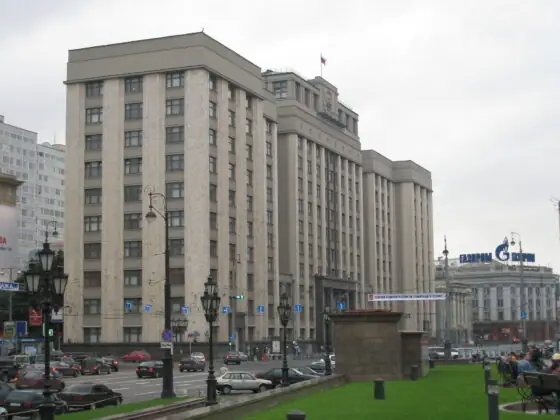Few problems confronting Russian President Vladimir Putin are as urgent as the continued flight of capital from Russia. Estimates by the US Treasury Department, the International Monetary Fund, and other sources suggest that a net of well over $100 billion has left Russia–legally or illegally–over the past decade. Some estimates range as high as $200 billion. In 1996 alone, capital flight amounted to nearly $39 billion, according to the Institute for International Finance. The outflow in 1998 was more than $25 billion, and in 1999 another $15 billion. In March 2000, the Russian government estimated that capital flight this year is running at $3 billion a month, nearly matching the level of 1996. Most of this money has ended up in Western banks and securities markets, and some has gone toward the purchase of luxury homes in the United States, Western Europe, and tropical resorts.
The extent of the problem in Russia is evident if we compare it with the magnitude of capital flight from other countries. In Russia, the outflow of capital has been equivalent to more than 10% of gross domestic product (GDP) over the past decade, whereas in Mexico, Brazil, and South Korea it has been under 3%.
The resulting shortage of capital in Russia and the depletion of the country's foreign reserves have severely impeded efforts at economic reform. Illegal capital flight has allowed individuals and corporations to evade payment of taxes, thus depriving the central government and local authorities of badly needed revenues. Without sufficient money on hand to finance private or public investment in key sectors, the Russian industrial base has become increasingly obsolescent and inefficient. The depletion of foreign reserves has complicated Russia's efforts to repay its foreign debts and has damaged the country's creditworthiness. The outflow of capital also has been a great boon for organized criminal gangs, who coordinate large-scale transfers of money for generous commissions. […]








